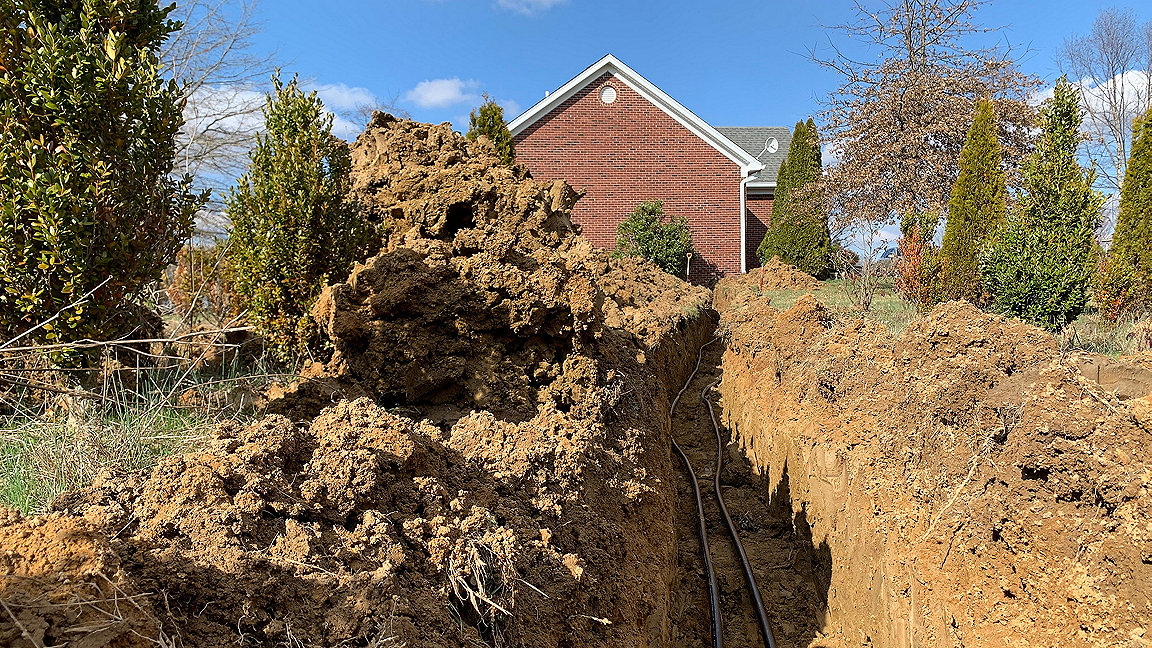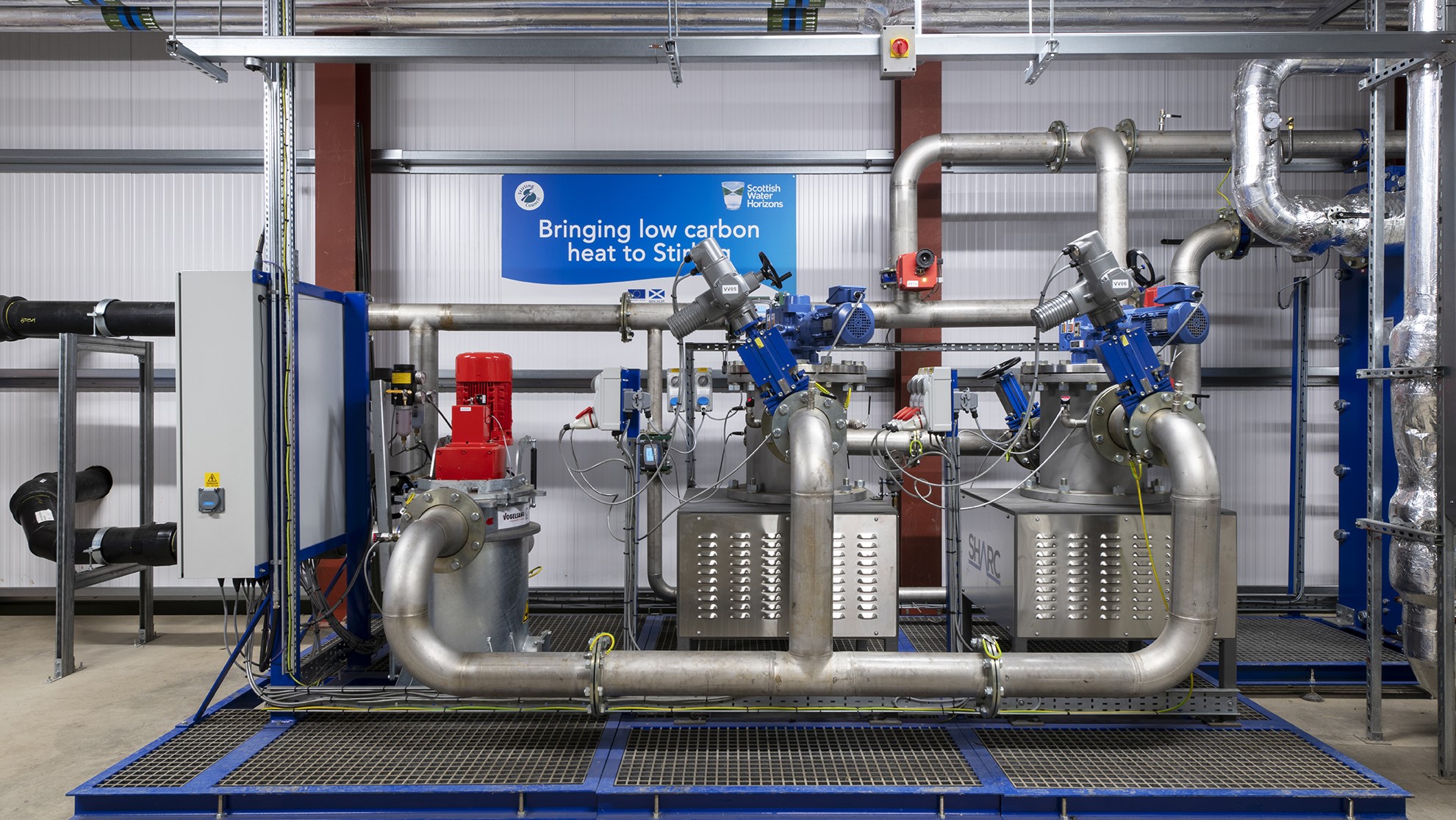
Geothermal loop for ground-source heat pump
Heating represents a significant proportion of household and commercial energy usage. Enclosed space should be kept at a desired, habitable temperature not only for our comfort but more importantly for our health.
This is particularly important in cold climates, for example the UK and northern European countries. Public Health England recommends a minimum indoor temperature of 18C to ensure well-being in winter months, which comprise more than a quarter of the year.
Carbon decreases as heating evolves
Indoor heating facilities originally involved burners, then oil and gas boilers and direct electric heaters. But the UK government now aims to ban the use of gas and oil boilers in new-build properties from 2035.
More recently, air and ground-source heat pumps have started being used. In recent years, district heating – also referred to as community heating – has emerged as another low-emission alternative to traditional options.
How district heating works
District heating deploys a communal heat-distribution system, with several dwellings on the network sharing the same central boiler. A system of pipe loops, which are either insulated or uninsulated depending on the source of heat, are laid in the ground and connect all properties to the central heating controller.
Such networks can provide thermal comfort for both residential and commercial buildings. By using such a system, annual carbon emissions from heating an average house in the UK are reduced roughly 2.5 and 3.2 times compared with using electric heaters and gas boilers, respectively. Figure 1 compares the carbon emissions for various heat sources.
The heat for community schemes could be sourced from waste and sewage treatment plants, biomass, mine water, air source or ground sources. Waste treatment plants are a direct heat source, and can provide high-temperature heating for district schemes.
For example, Nottingham City Council's community heating schemes, in which energy is recovered from waste treatment processes in the form of steam, have been particularly successful. These offset around 27,000 tonnes of carbon dioxide emissions a year compared with the use of individual gas boilers for the same number of properties.
Cost and embodied carbon of building materials are also reduced, with a system shared by a significant number of properties.
Shifting to geothermal sources
Among all the heat sources that can be used for community heating systems, ground-source or geothermal systems appear to have further advantages. In fact, geothermal district heating schemes have become relatively common in Europe in recent years.
For example, there are currently 250 district heating systems in Europe that use thermal energy. In particular, France has 71 deep geothermal stations as part of its urban district heating schemes. Ground heat could be extracted from within a few metres of the surface or, as in the case in France, as deep as 2–3km into the Earth's crust.
Indeed, technological advancements in geological surveying and drilling allow the extraction of heat of up to 373C from the ground. These deep installations are common for highly populated urban areas.
There are several key considerations when deciding whether geothermal energy is suitable for a locality and if so, how deep into the ground heat can be extracted. These include the ground's thermal conductivity, heat capacity and whether the local geological settings allow drilling deep into the ground. In the UK, it is possible to harvest ground-sourced heat; the ground heat station in Wessex that serves the Southampton district heating scheme is an example.
Shared loops offer greater control
One drawback of these networks is that they offer building occupants limited control over the distribution of heat from the central plant. This can be addressed, however, by geothermal shared-loop district heating.
This approach still connects all properties to a communal ground loop network, but also uses multiple, individual heat pumps instead of using one central control system. One or two properties share a heat pump, and each pump is then linked to an underground, shared-loop system that extracts heat from the Earth. Pipe loop systems can be built underneath car parks, taking the geophysical properties of the area and existing infrastructure into account. This allows easy access for maintenance and expansion of the networks.
Unlike traditional district heating, this shared-loop approach does not rely on centralised heating plants or controllers, offering users more control at the level of the individual property. It also makes it easier to expand and maintain the network; a malfunction occurring at one property would not affect the operation of the whole system.
As people need warm homes and flexible heating systems, geothermal shared-loop district heating becomes an increasingly attractive option for new-build properties.
Dr Luan Ho is a carbon reduction engineer at Tunley Environmental
Contact Luan: Email
Related competencies include: Energy and renewable resources, Sustainability

